We received an intriguing surprise the other night while prepping dinner. We cut open an unassuming bell pepper (Capsicum annuum) only to find a small, yet perfectly formed pepper inside! It seemed to be attached to the placenta along with the seeds. This was the first time we had ever encountered this, but a quick internet search revealed it isn’t necessarily a rare phenomenon. What was going on with this fruit that caused it to form another fruit within?
The quick answer is parthenocarpy or the formation of fruit without fertilization. Indeed, when we cut into this smaller pepper, there were no seeds inside. Some have taken to calling this phenomenon “internal proliferation,” but the question remained of what caused it to occur in the first place? It can be intentionally induced to produce seedless varieties of various fruits, however, given the “parent” pepper had plenty of seeds, this pepper within a pepper didn’t seem too intentional.
Another internet search revealed that this is an undesirable trait in the pepper trade. Pepper growers will actively select against plants that produce these internal proliferations. However, I have found it difficult to track down any real concrete explanations as to why it happens. Some have suggested that damage to the ovules or other external stressors such as temperature swings can occasionally induce them. Despite the validity of these hypotheses, few have actually bothered to collect and analyze any data.
I did find at least one paper that discussed something called “aberrant ovules” in peppers and their photographs certainly showed internal growths that looked a lot like what we observed in our pepper. These aberrant ovules ranged in appearance from what are essentially mini peppers to mutant blobs of colorful ovary tissue. The only sound conclusions I really took away from their work was that there does seem to be some evidence that genes are involved. They outlined an experiment in which some genetic lineages of peppers were significantly more likely to produce fruits with aberrant ovules than others. That being said, they did not venture much in the way of a trigger for inducing them. That was about as far as I got before I had to attend to other things in life like enjoying the meal we were making.
Regardless of the cause, it was an interesting and unexpected experience to open up this pepper only to find another pepper inside. We ended up eating the little fruit too, and it was just as yummy as the pepper that housed it!
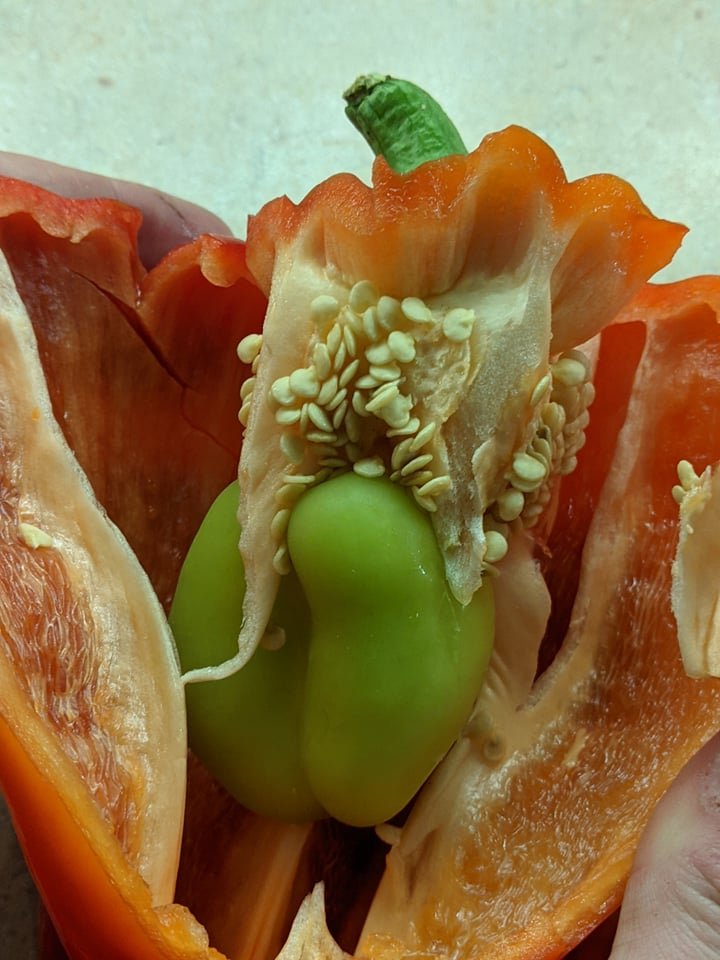

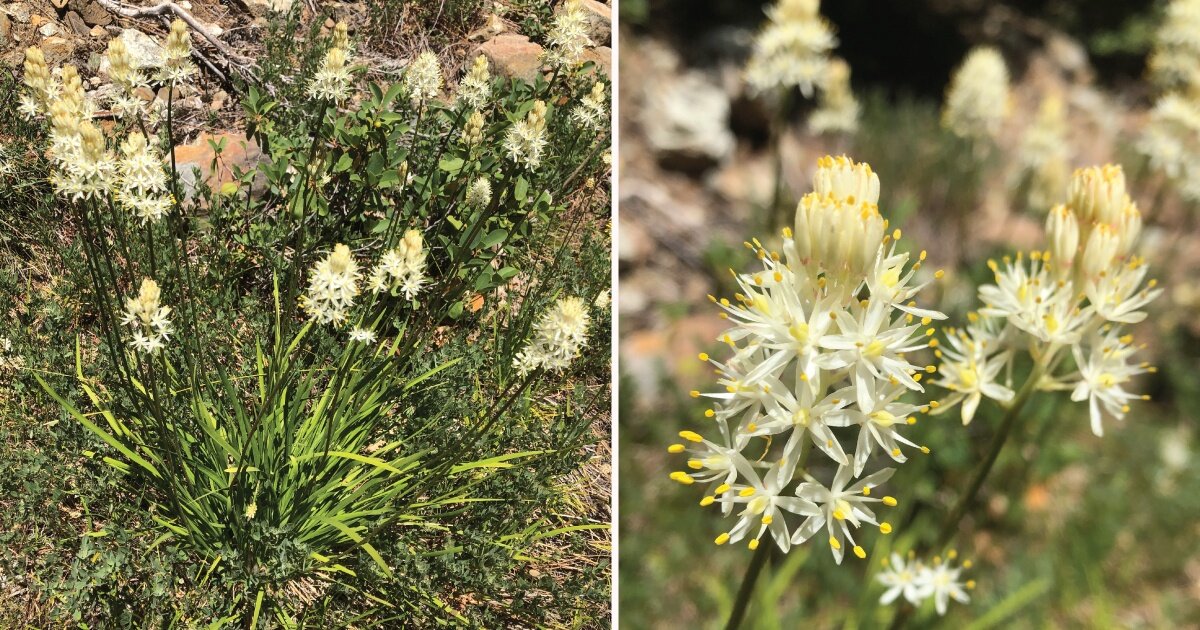


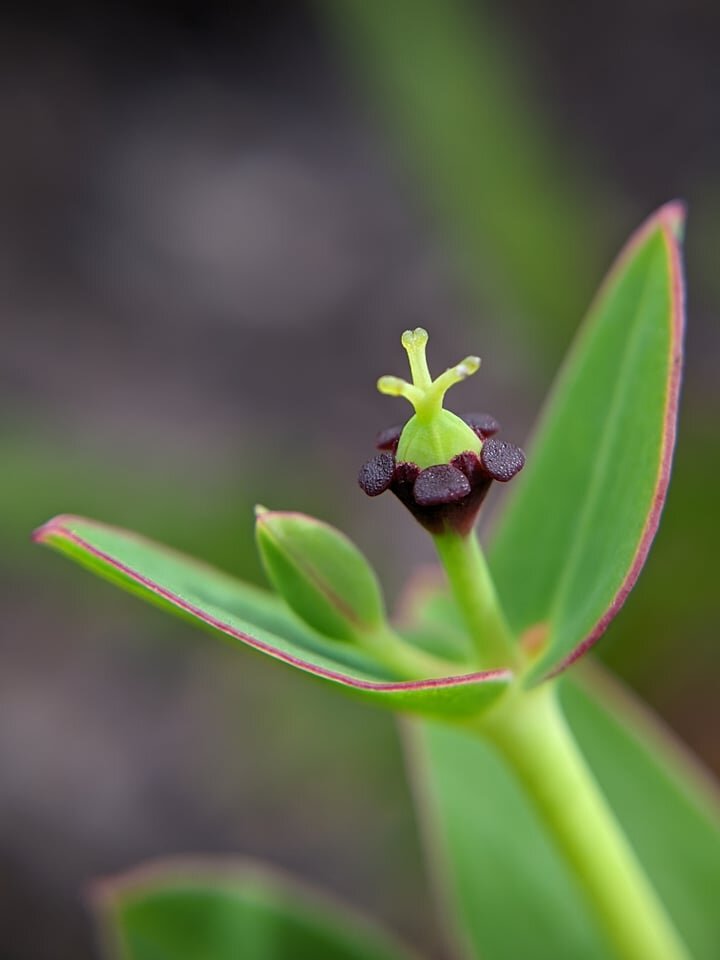






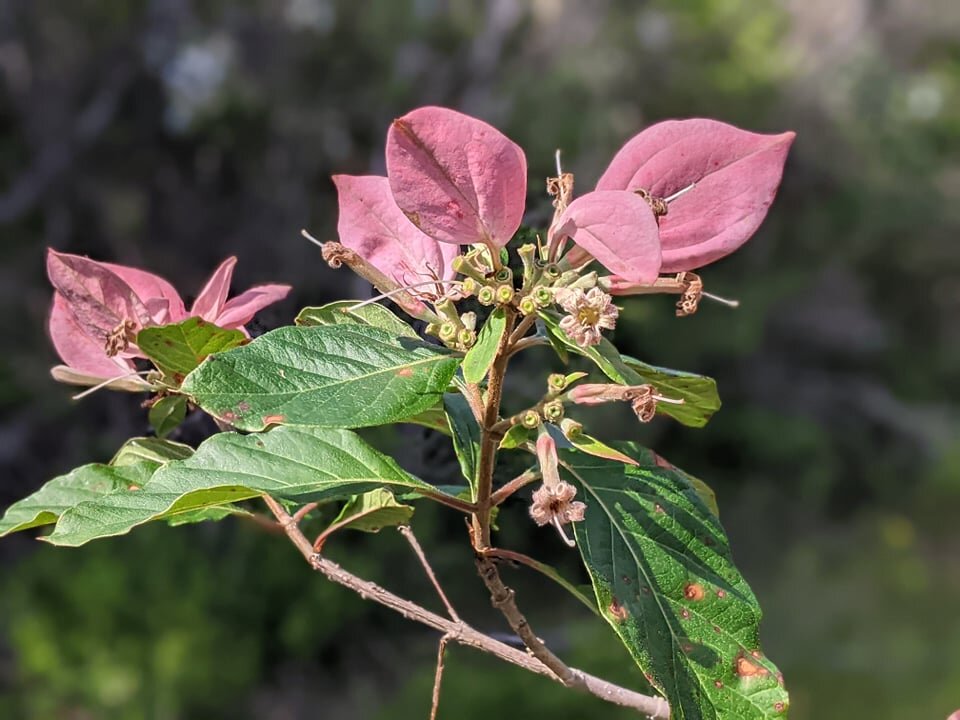
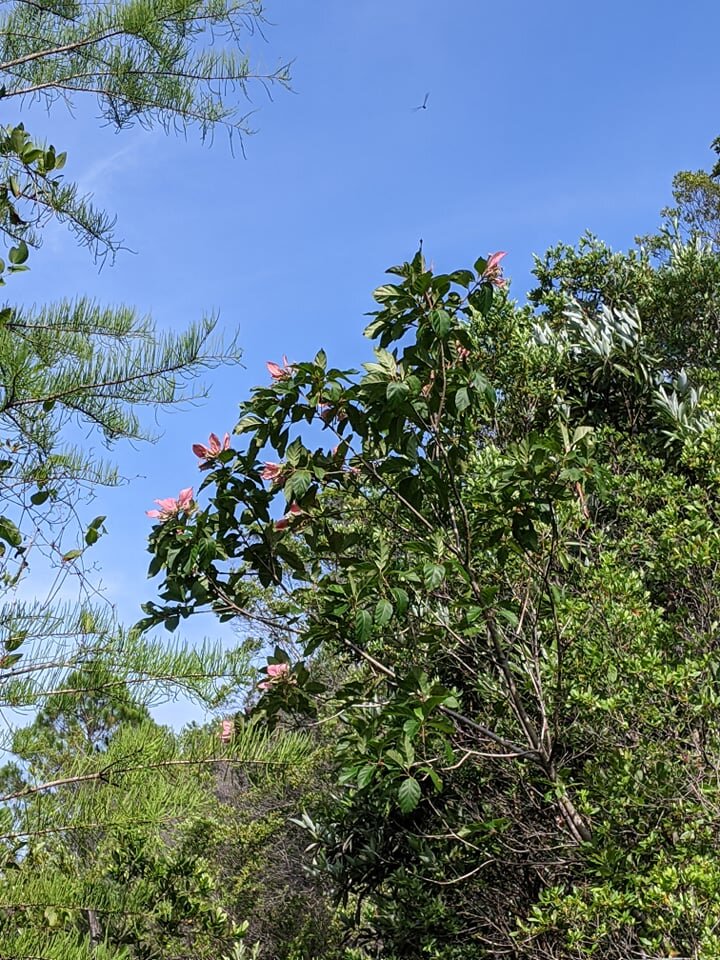
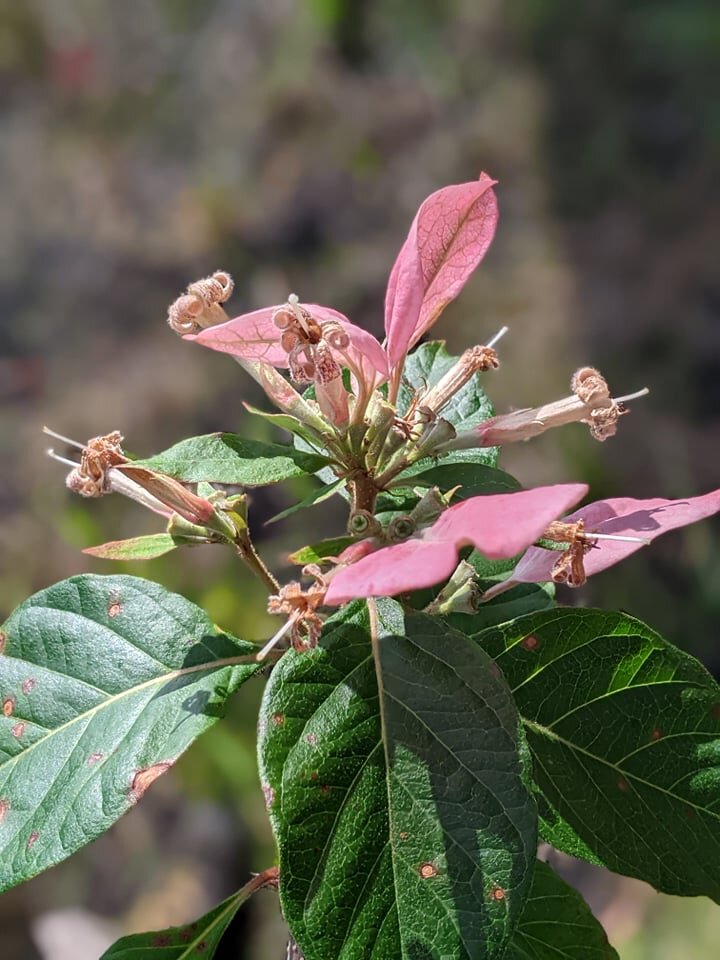




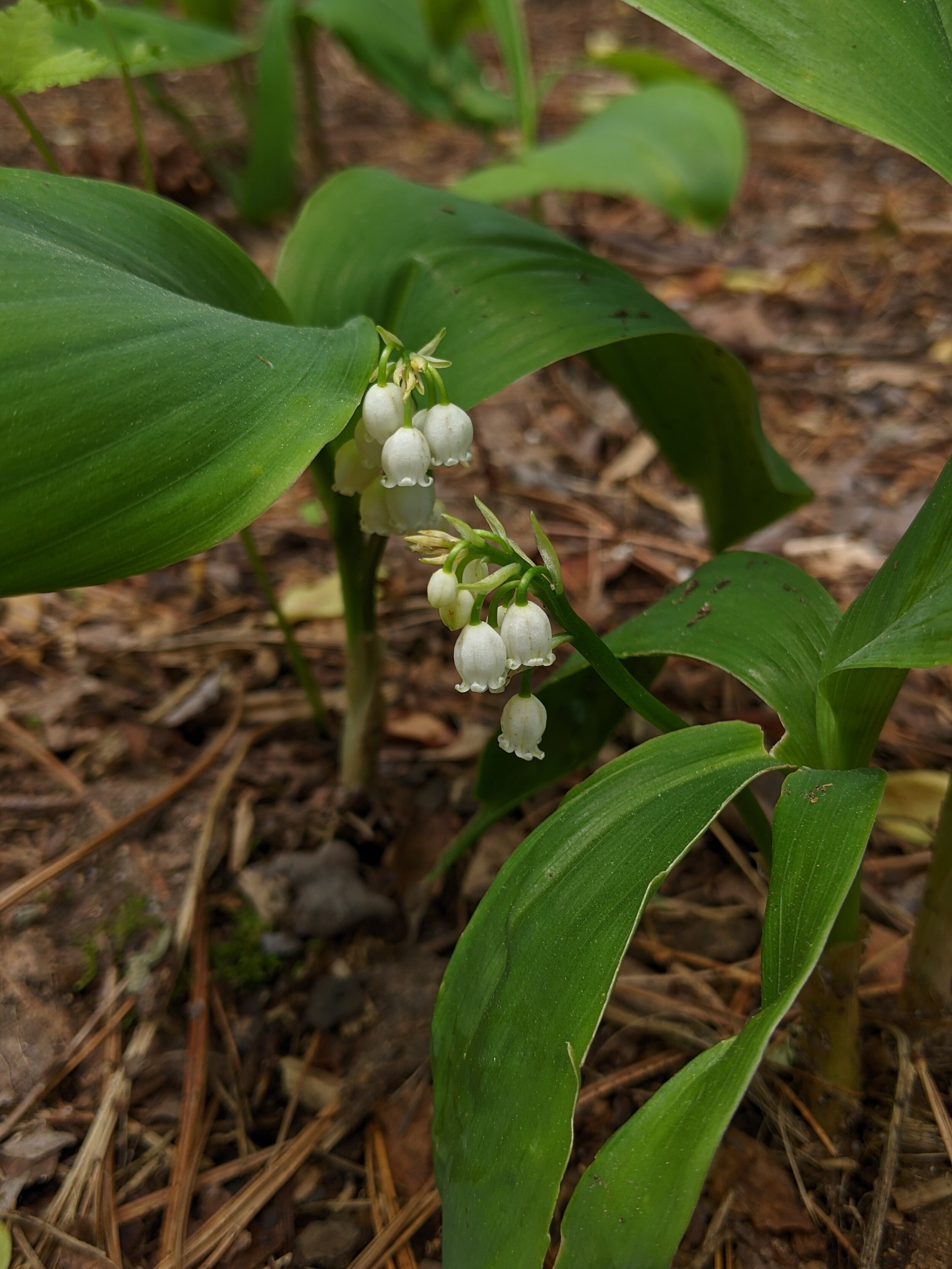
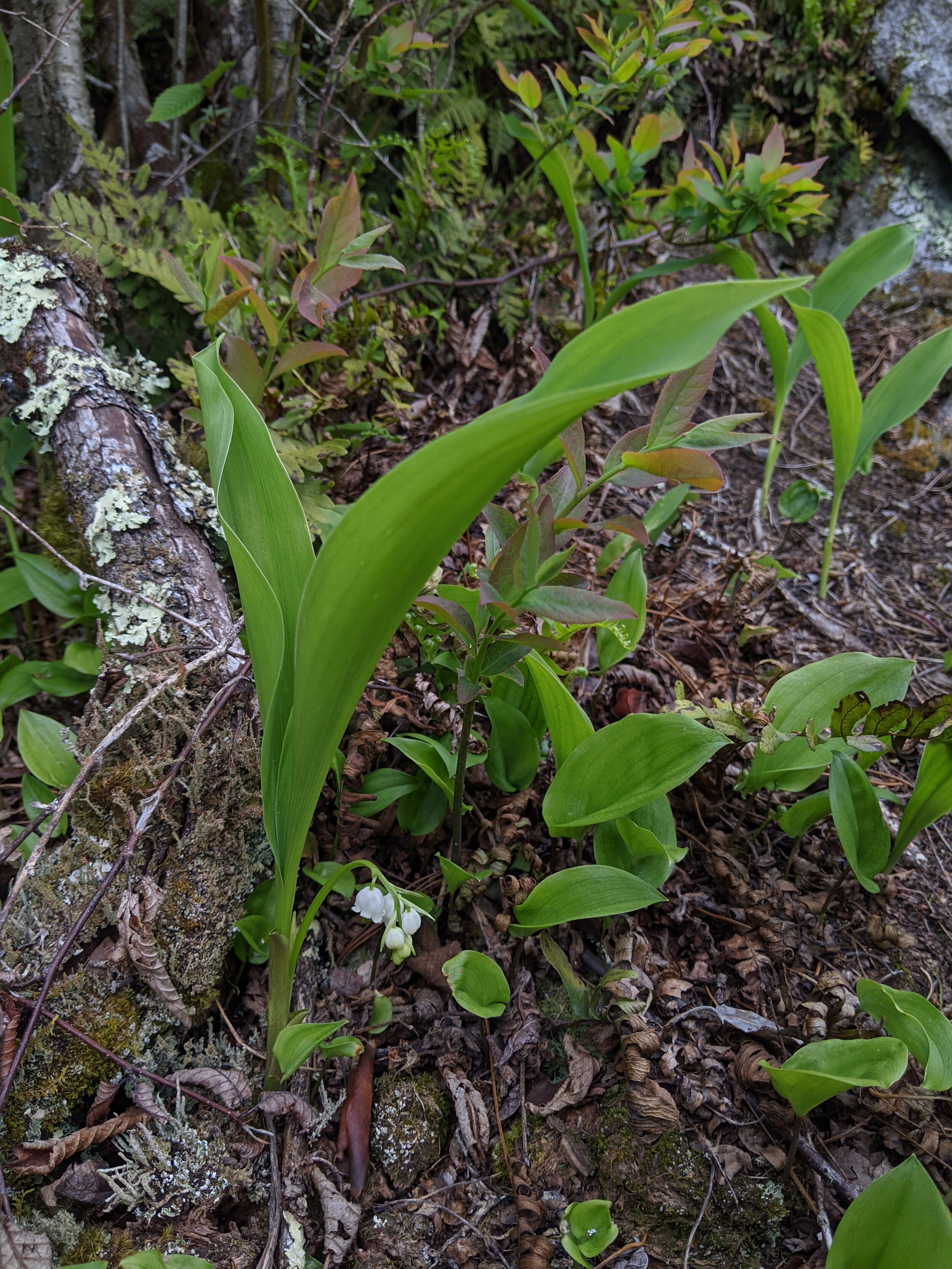
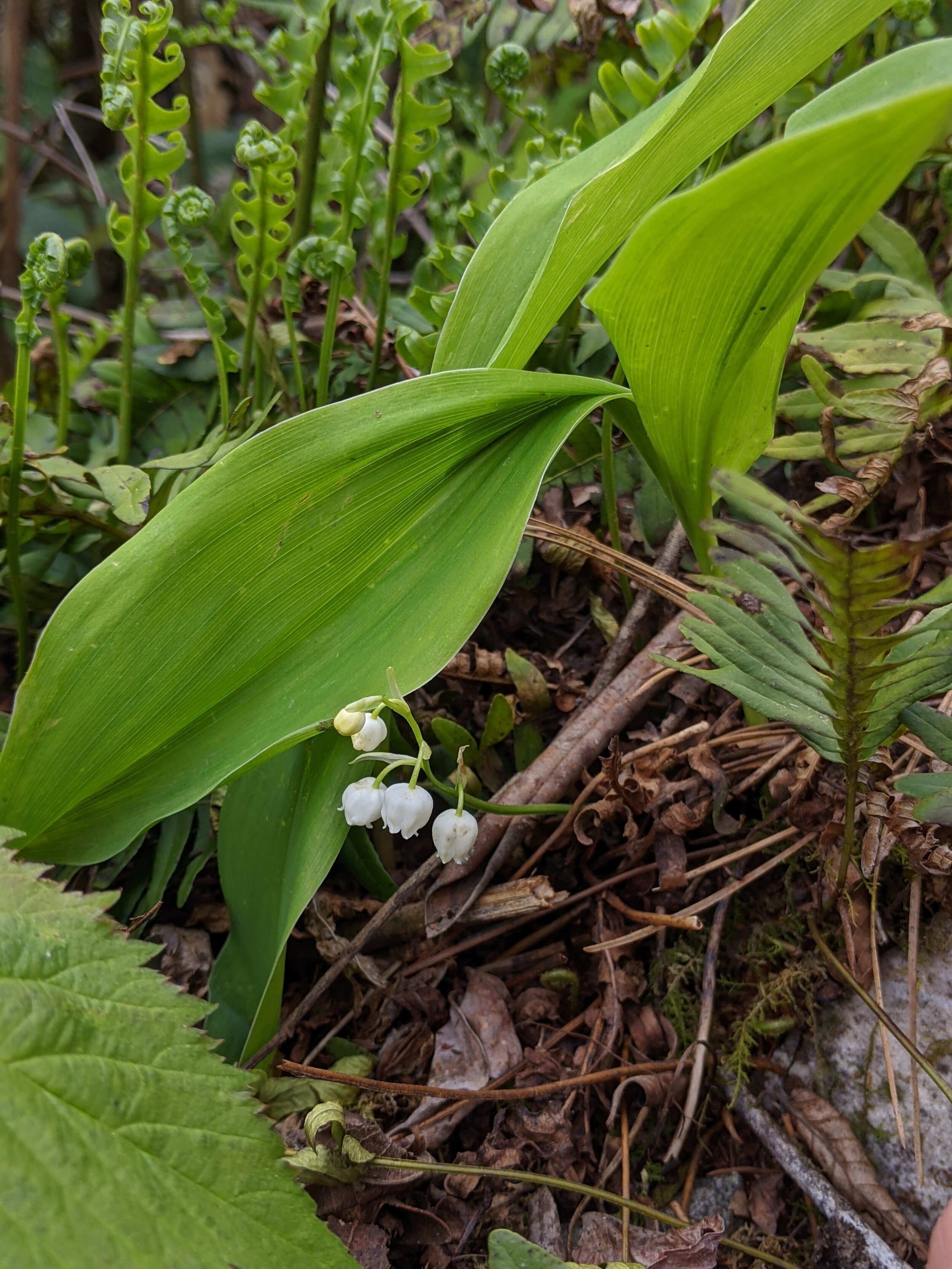
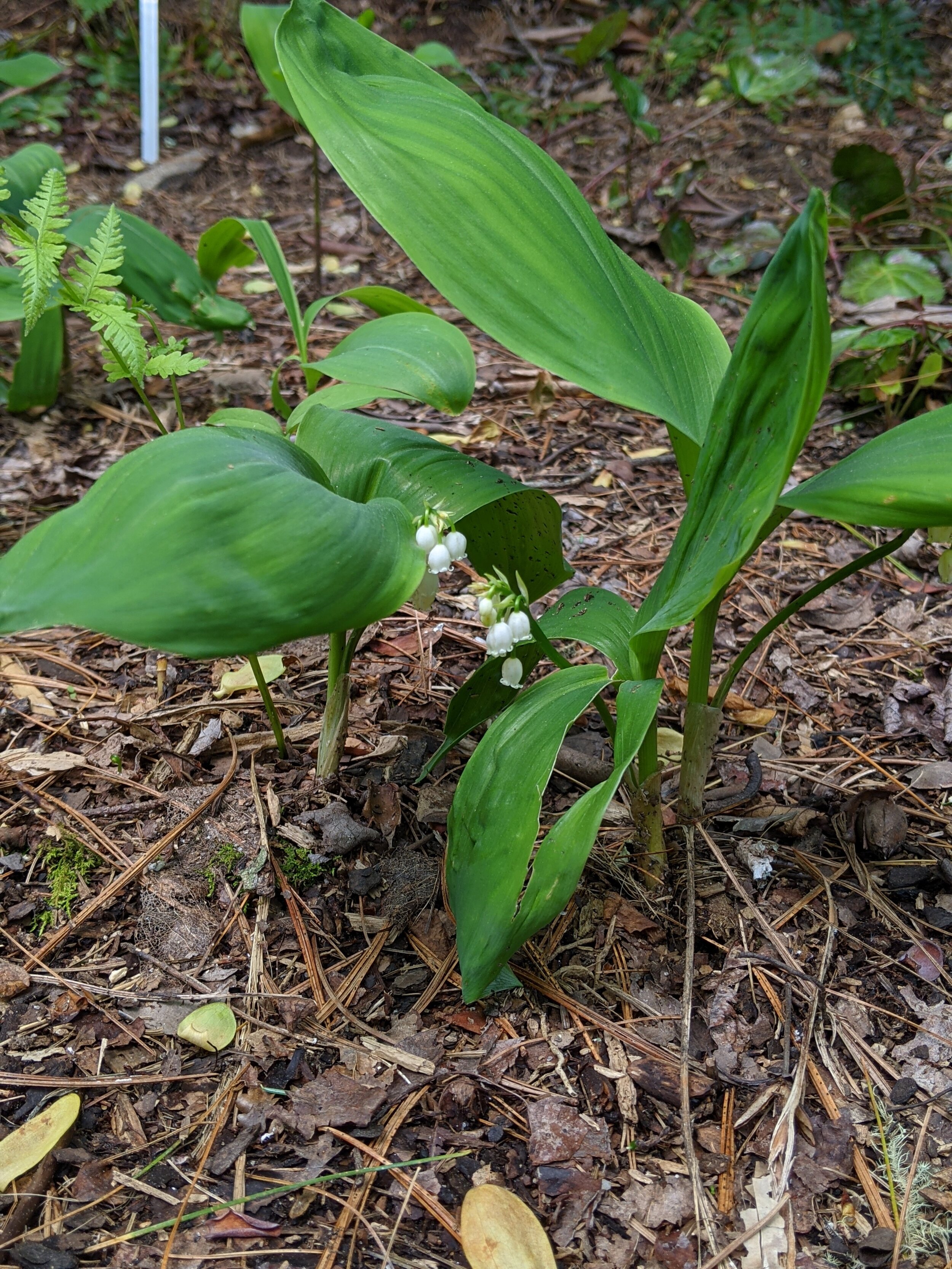







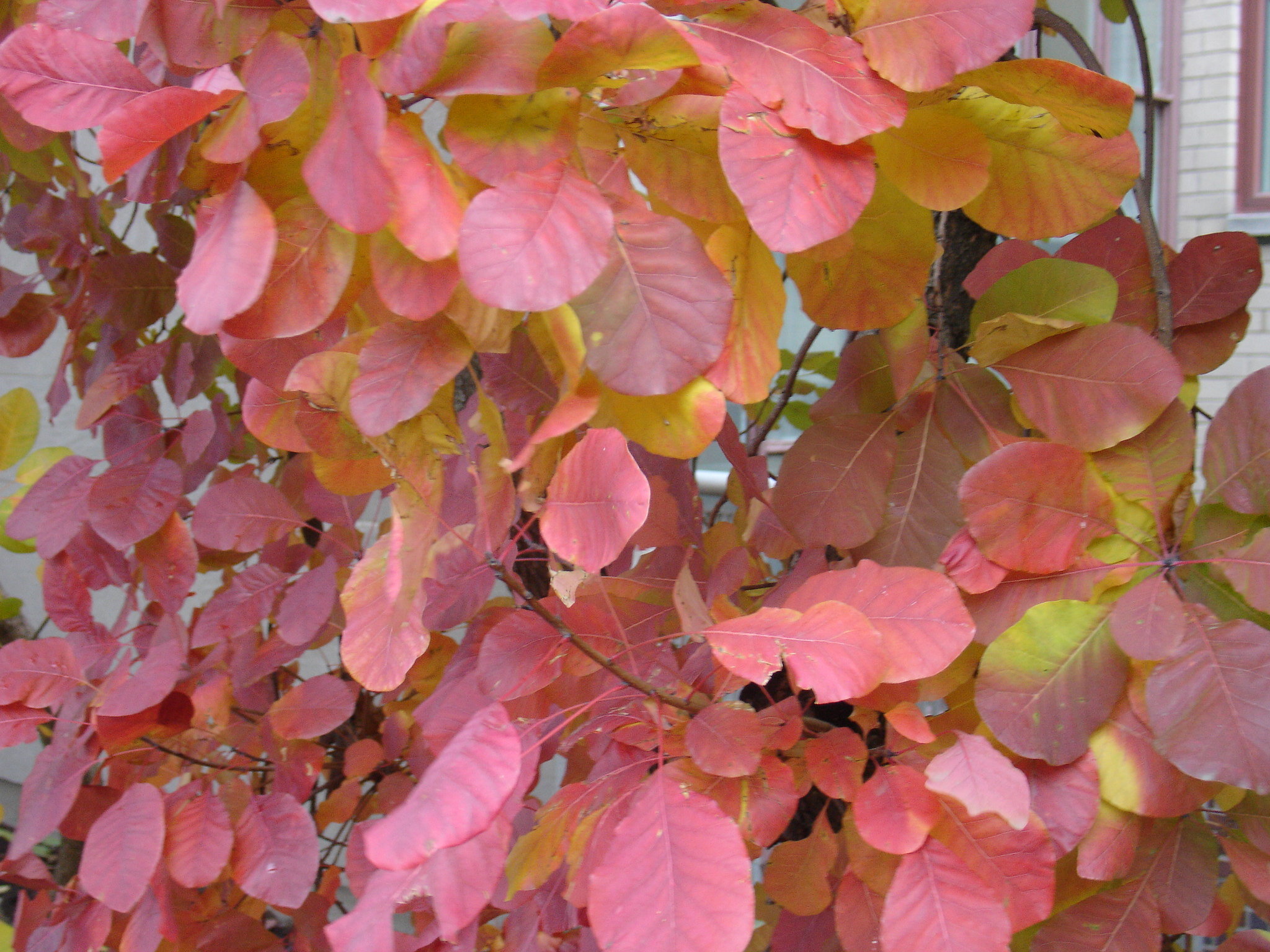
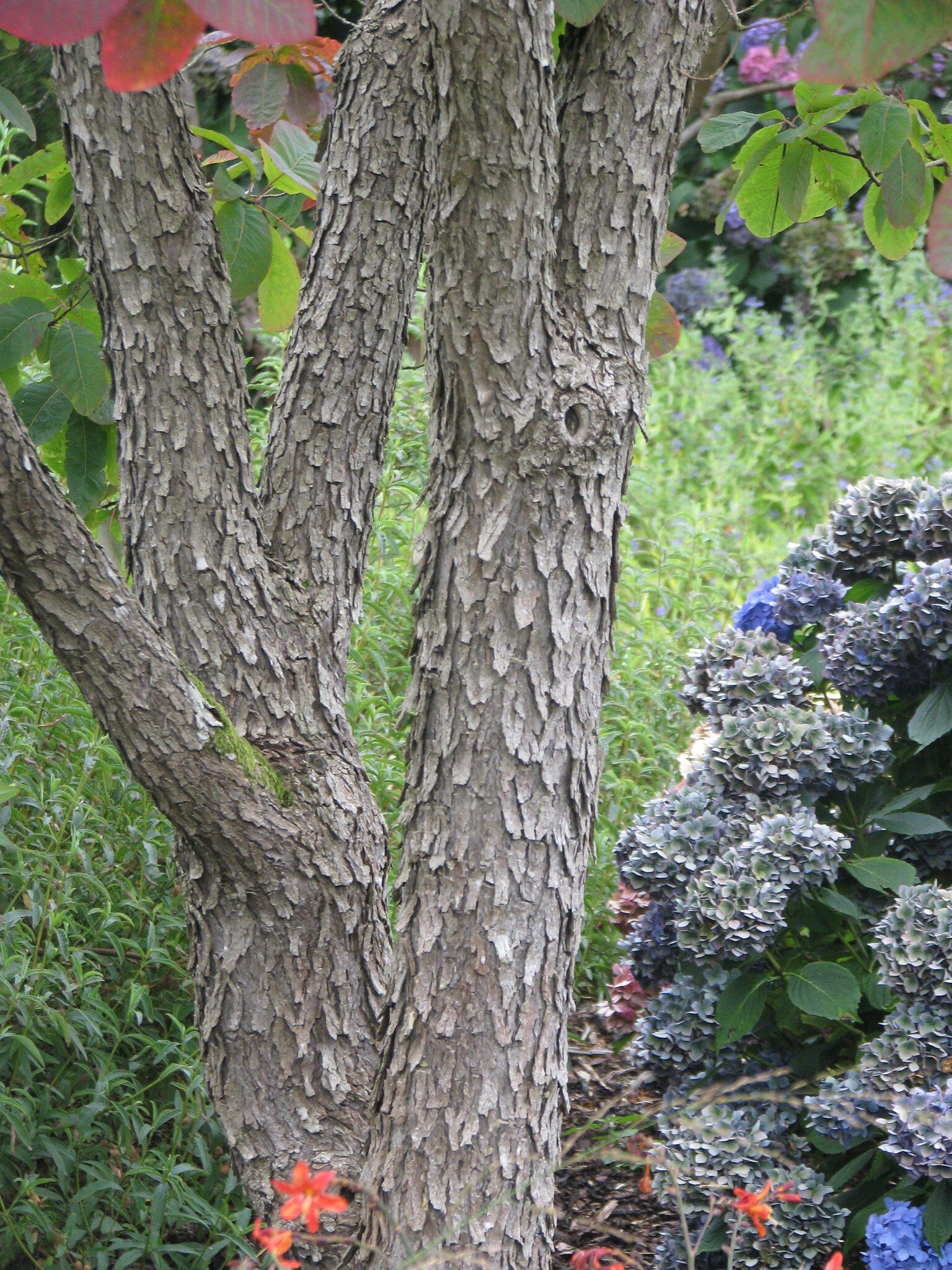
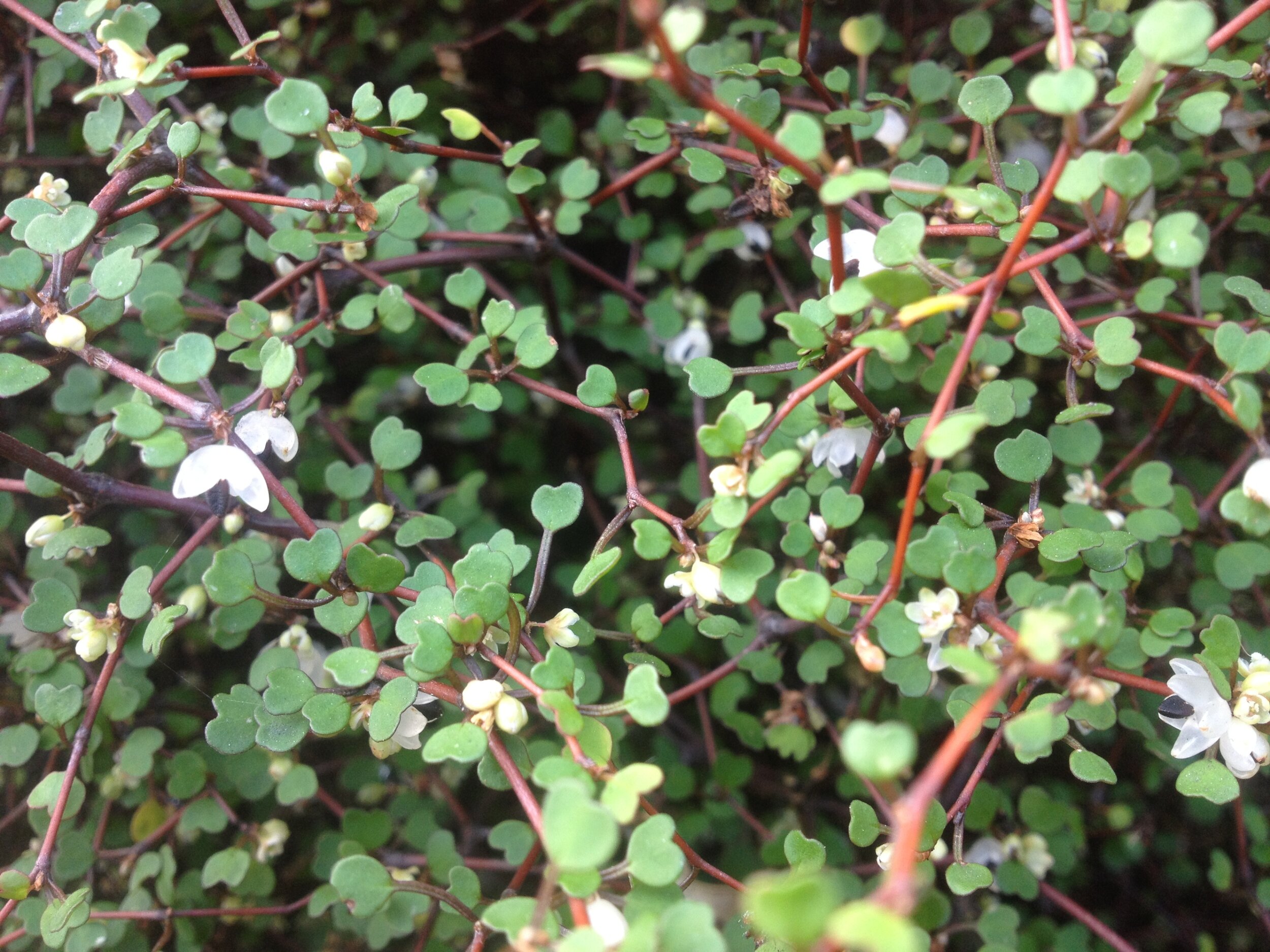


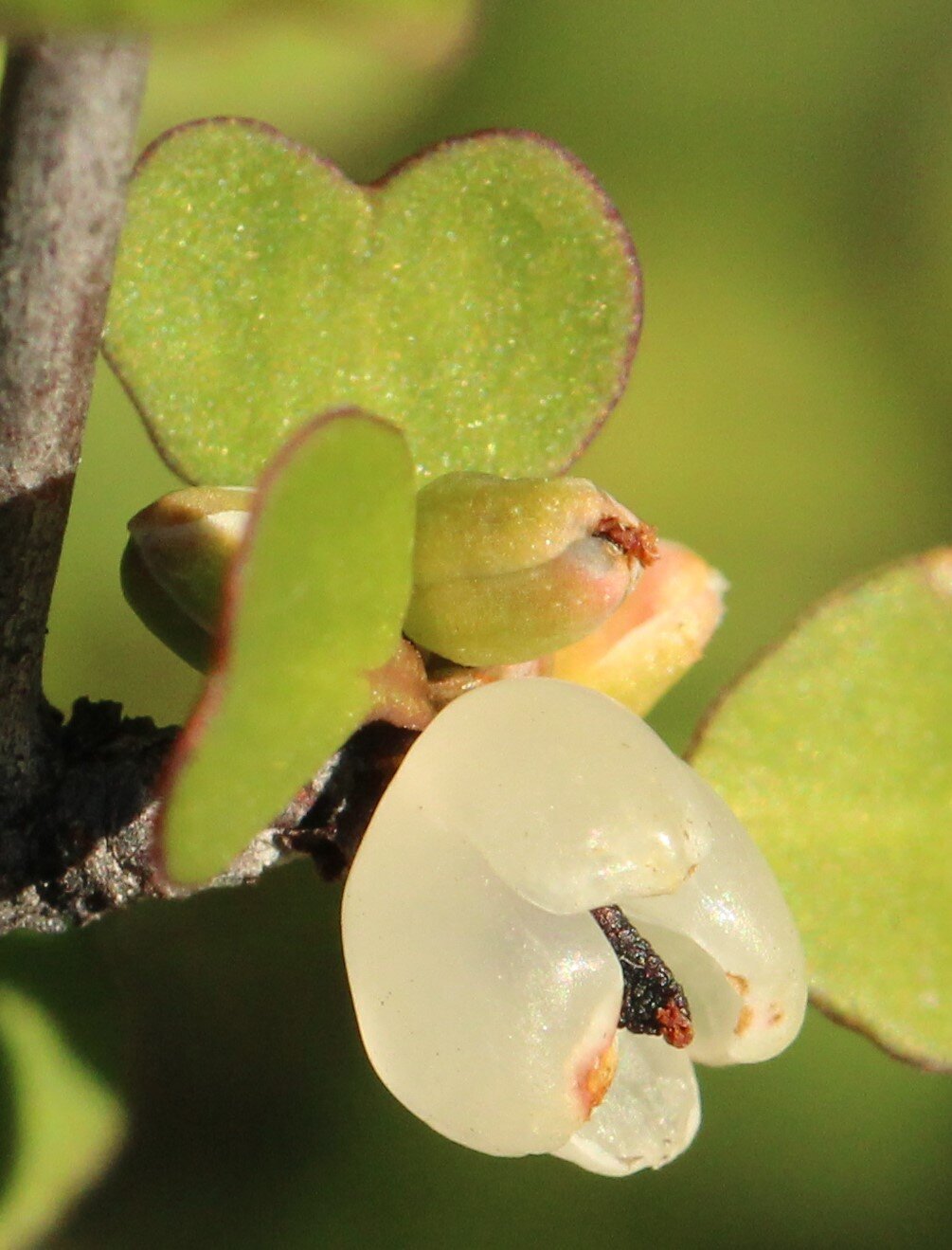





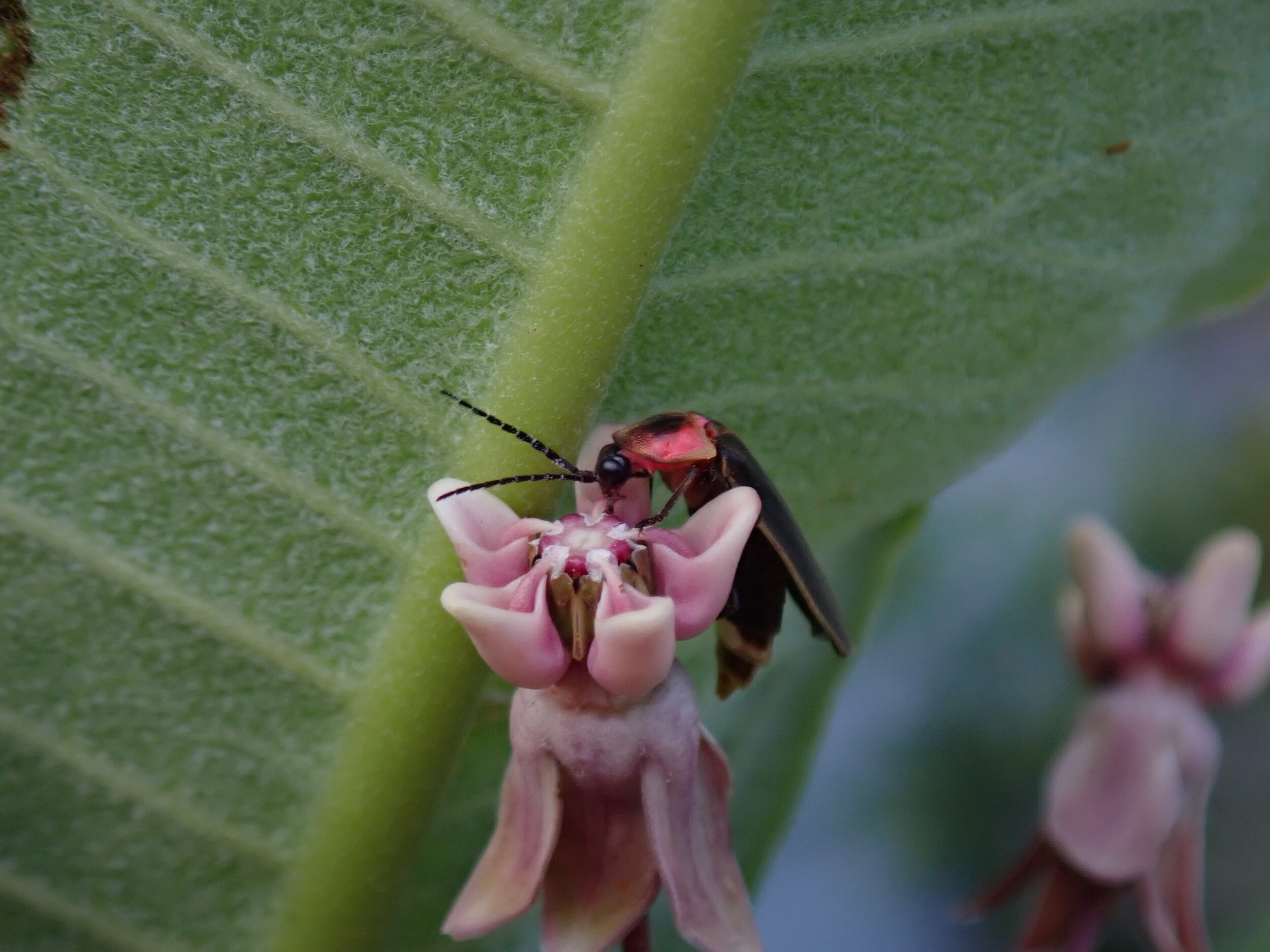
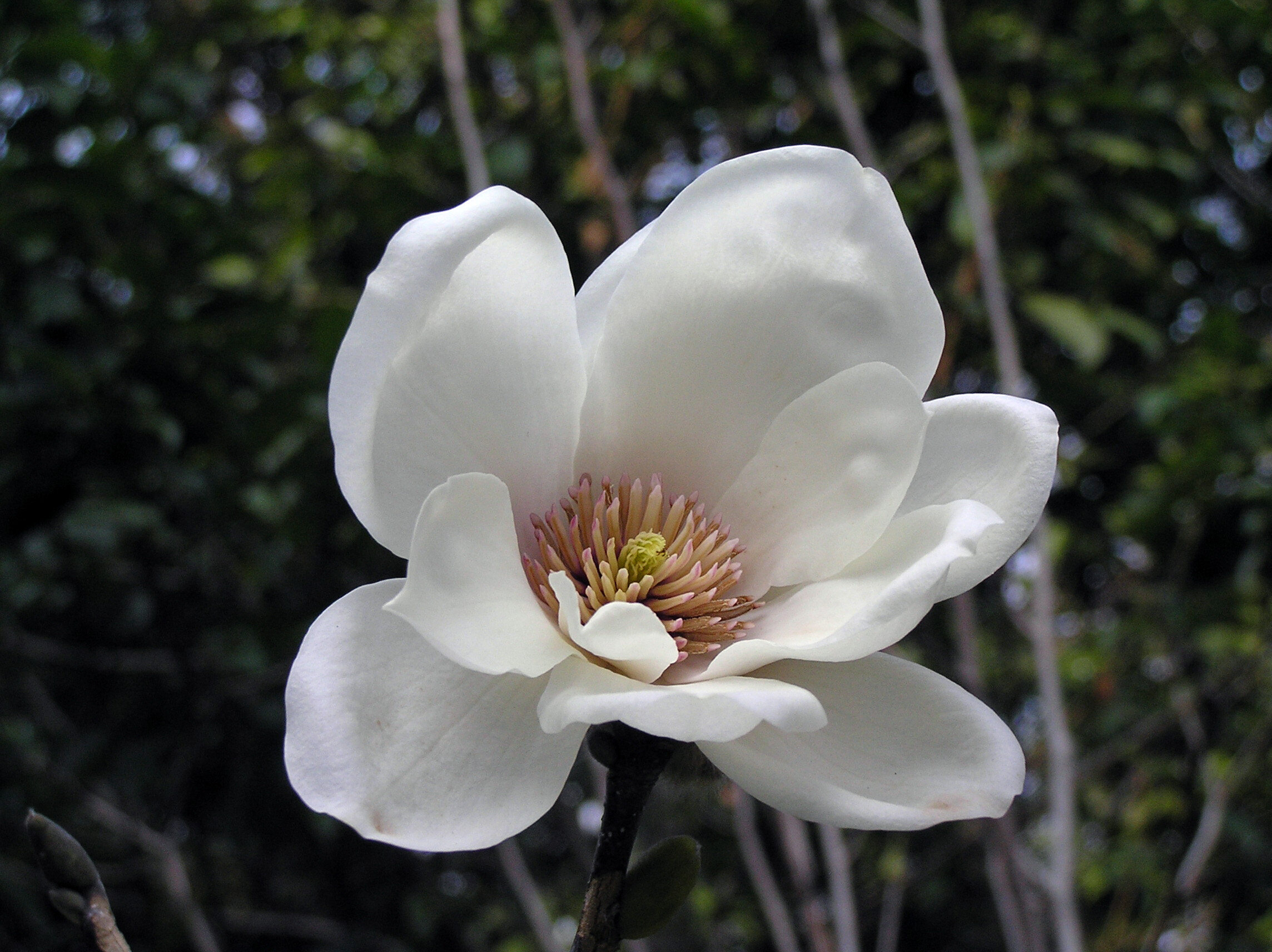


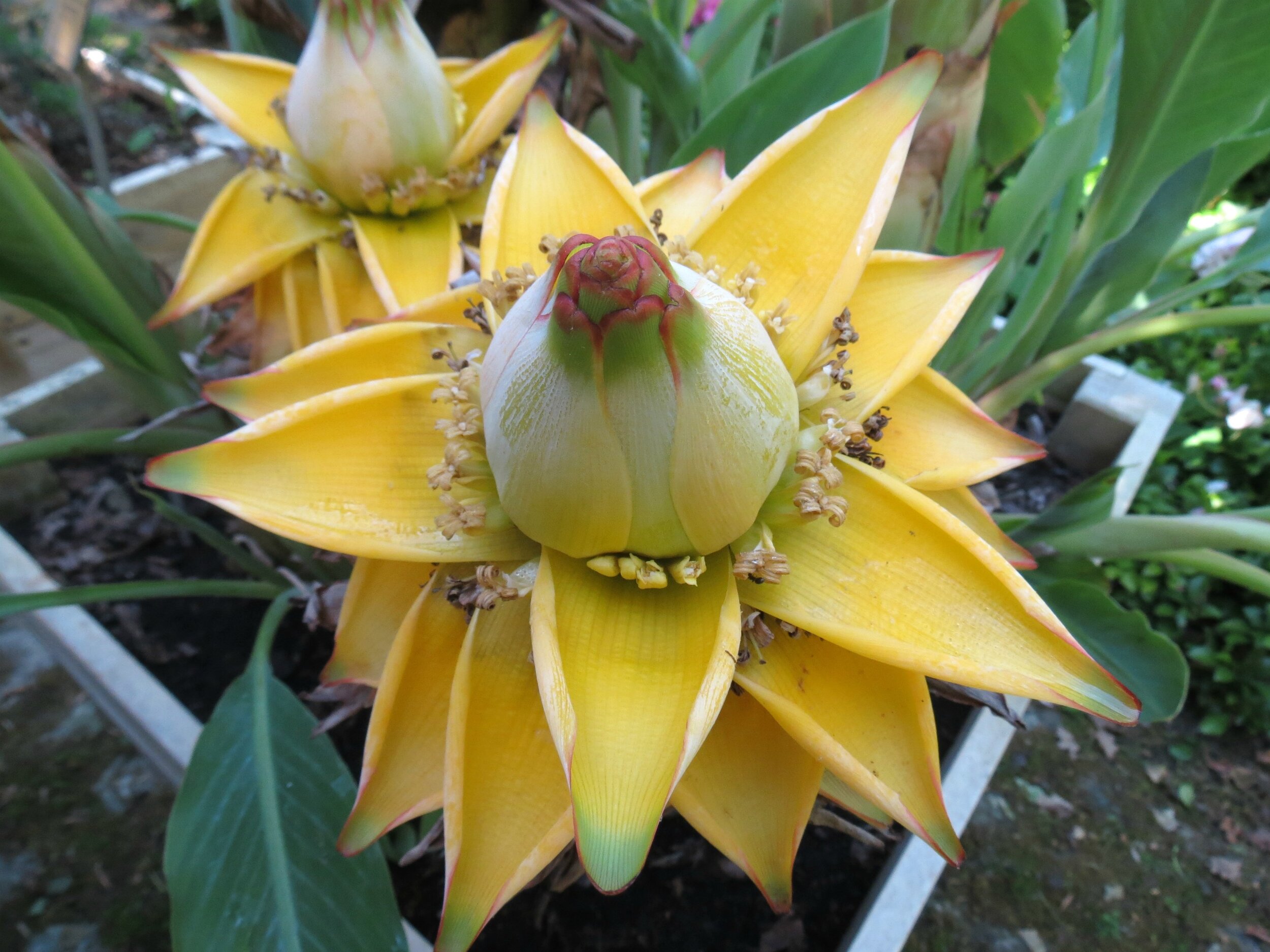
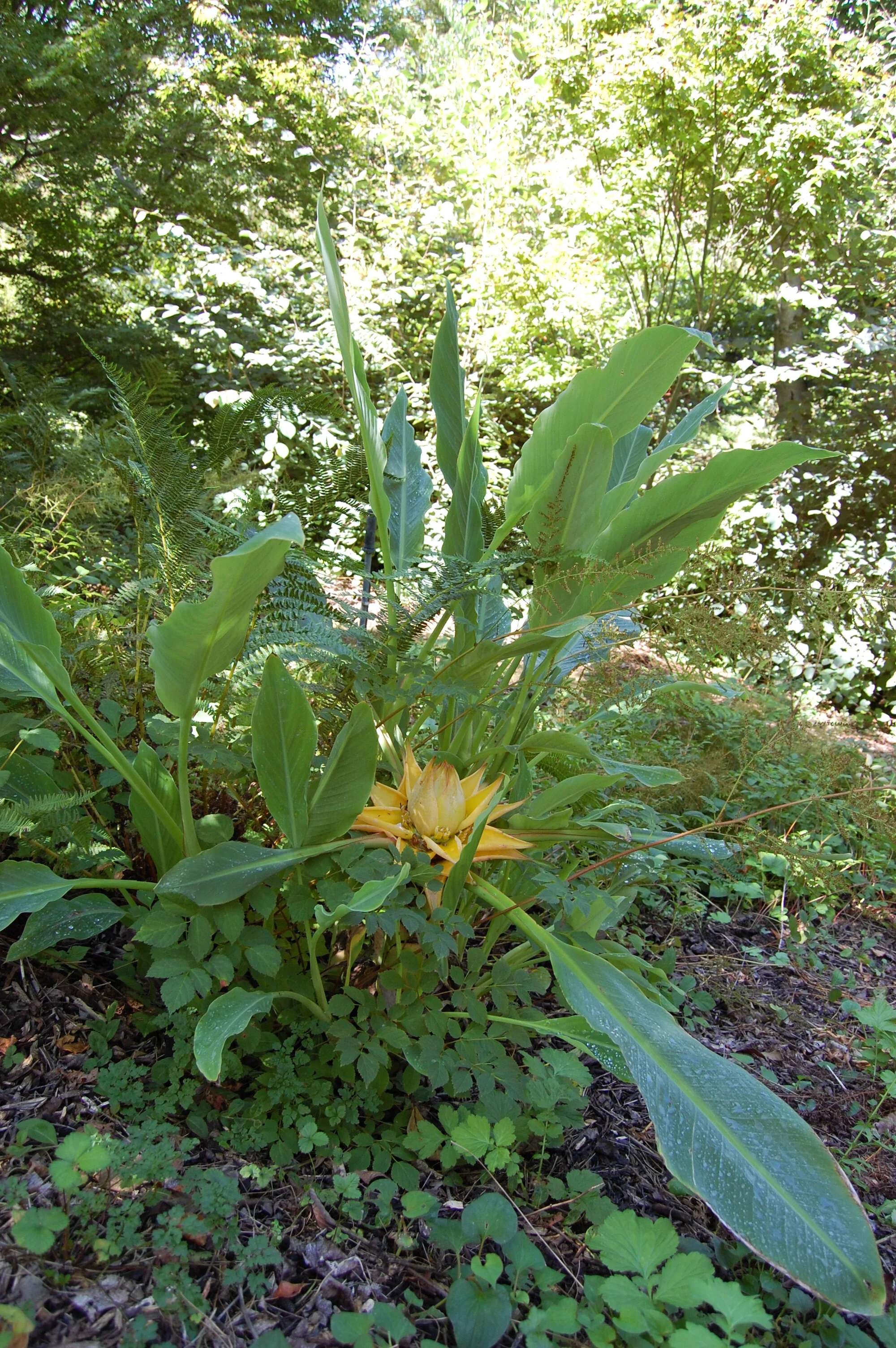



![[SOURCE]](https://images.squarespace-cdn.com/content/v1/544591e6e4b0135285aeb5b6/1615476638537-DVF512X71F5WIY3MR9GT/mcaa204f0001.jpeg)


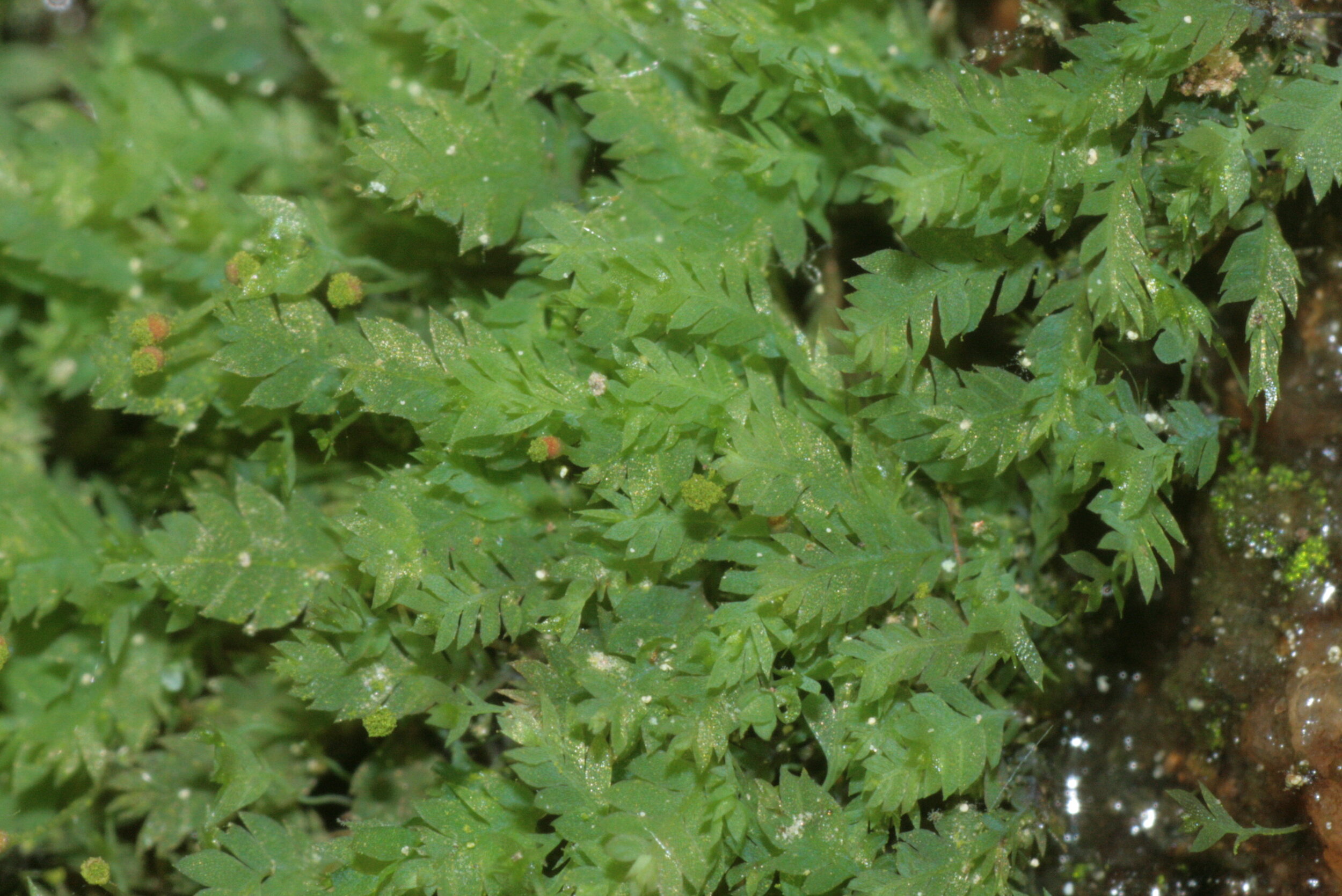

![[SOURCE]](https://images.squarespace-cdn.com/content/v1/544591e6e4b0135285aeb5b6/1613433474632-L8GFJ3YJX19Q9XPWB4ZR/lens.JPG)